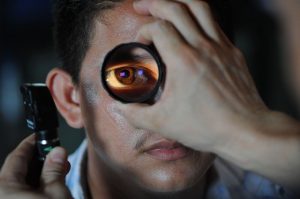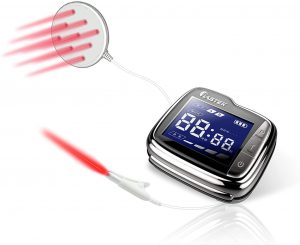Log Book For Diabetes
What is a Diabetes Log Book?
Accurately keeping track of your health is very important when it comes to the successful management of diabetes. By recording your daily blood glucose readings as well as other parameters such as medication, food, sickness, exercise, and sleep in a diabetes logbook, you and your healthcare provider will be able to identify patterns more easily and customize your treatment plan and goals.
There are various types of blood sugar log books that make it easy to record your daily levels by the time of day, as well as any other relevant notes.
What is the importance of tracking your blood glucose in a logbook?

For most diabetes patients, remembering multiple blood glucose numbers as well as what was happening at that particular time the blood sugar test was done is often difficult and may be inaccurate.
Moreover, depending upon your condition and type of treatment your healthcare provider may recommend checking your blood sugar level multiple times per day or once every few days.
For patients whose blood sugar levels are under control and are treated with lifestyle changes such as diet and exercise, they may need to check their levels once every few days. However, for people whose blood sugar levels are not well controlled and who are on medication, they should check multiple times per day.
When you are taking insulin, you also need to keep a record of your insulin dose, activity level, food, and carbs intake. Consult your doctor about blood glucose levels and diabetes logbook recommendations ideal for your specific condition.
Types of Diabetes Log Records

-
Simple method
Simple logs track blood sugar levels at different times of the day on different days. It is ideal for people whose treatment doesn’t change. If your treatment changes, it can put you at risk of low blood sugar.
-
Comprehensive method
Comprehensive logs include blood sugar levels at different times of the day on different days, and typically include notations about medication dosages, food (carbohydrates), and exercise. Use the comprehensive log when you want to keep track of your blood sugar’s response to different activities, medications, and foods.
-
Intensive method
This is the most complex as well as an intensive diabetic log book. It is designed to capture the vital variables that affect blood sugar levels, including:
- Blood sugar level
- Time of day
- Food diary
- Amount of sugar or carbs eaten
- Dose and type of insulin and medications
- Duration and type of exercise
- Unusual events such as stresses or medications
Intensive diabetes logbooks are ideal for patients who are using an insulin pump or taking several doses of insulin in a day.
Using a log book for diabetes to keep your blood sugar level within your target range helps prevent diabetes-related complications such as cardiovascular damage, eye problems, foot problems, and kidney damage.


 People who are under treatment for diabetes and lupus or those who are prone to cold sores should understand that exposure to UV radiation from natural sunlight, sunlamps, or tanning devices can aggravate these conditions. Also, if you take medications such as antihistamines, your skin might be more sensitive to sunlight or artificial light.
People who are under treatment for diabetes and lupus or those who are prone to cold sores should understand that exposure to UV radiation from natural sunlight, sunlamps, or tanning devices can aggravate these conditions. Also, if you take medications such as antihistamines, your skin might be more sensitive to sunlight or artificial light.







 When it comes to type 2 diabetes, the primary care physician is the general health coordinator. This is the professional you’ll see for checkups, routine care, as well as concerns that are not linked to diabetes. That means they may recommend that you see other specialist for specific issues, follow up to understand what treatment plans you’ve been offered, and facilitate adherence to your care plan. They also keep an up-to-date list of all supplements and medications you are taking.
When it comes to type 2 diabetes, the primary care physician is the general health coordinator. This is the professional you’ll see for checkups, routine care, as well as concerns that are not linked to diabetes. That means they may recommend that you see other specialist for specific issues, follow up to understand what treatment plans you’ve been offered, and facilitate adherence to your care plan. They also keep an up-to-date list of all supplements and medications you are taking. This is an eye specialist who will help
This is an eye specialist who will help 
 The most complex
The most complex 
